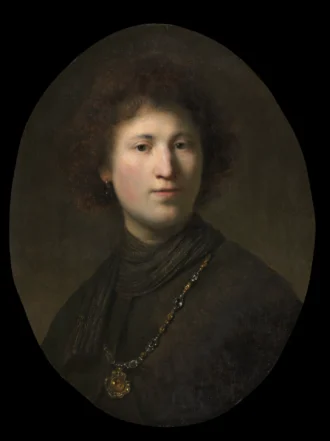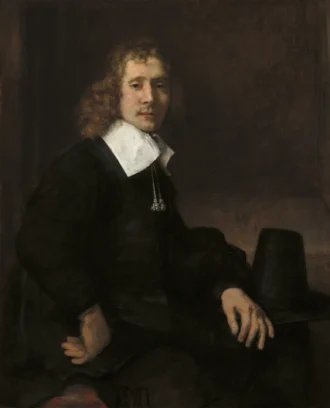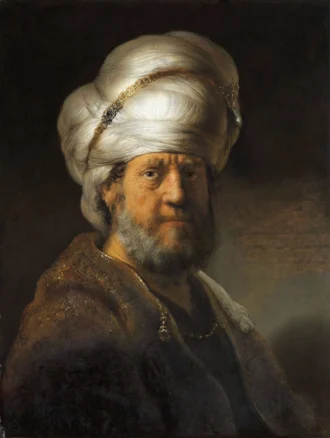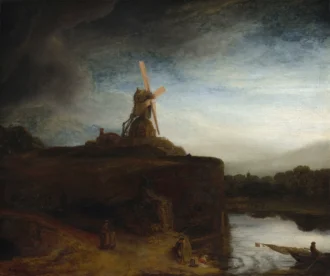Showing 81–85 of 85 results
A Young Man with a chain (1629-1632)
₹324.00 – ₹379.00A Young Man with a Chain is an exquisite example of Rembrandt’s exploration of chiaroscuro and facial characterization, dating back to the early 17th century. This remarkable artwork, currently housed in the Cleveland Museum of Art, showcases the artist’s mastery in using light and shadow. Its significance in the art world is underscored by its intriguing attribution debate and its intriguing historical context. Read more on the artwork here.
A Young Man at a table
₹324.00 – ₹679.00“A Young Man Seated at a Table,” attributed to the renowned Dutch master Rembrandt van Rijn, captures the essence of 17th-century portraiture with a striking representation of a stylish young man. Valued significantly in the art world for its masterful display of light and shadow, this piece exemplifies Rembrandt’s late portrait style. Read more on the artwork here.
Man in Oriental Costume
₹324.00 – ₹379.00Explore the exotic world of Rembrandt van Rijn through his portraits featuring Man in Oriental Costume. Highlighted by masterful use of light and texture, these artworks reveal not just an artistic journey but a monetary value that ranks them among the treasures of Dutch Golden Age painting. Read more on the artwork here.
The Mill
₹324.00 – ₹679.00The Mill is an exceptional artwork by Rembrandt van Rijn, painted around the mid-17th century. Famous for its dramatic representation of a windmill and surrounding activities, this piece highlights Rembrandt’s exceptional talent in landscape painting. The value of this piece in the art world is significantly elevated, especially after its restoration revealed a vibrant color palette. Read more on the artwork here.
A Girl with a Broom
₹324.00 – ₹679.00A Girl with a Broom is an intriguing artwork attributed to Rembrandt’s circle, hinting at the collaborative nature of his workshop. Believed to be crafted by one of his talented students, its expert execution may elevate the monetary significance held in the art market, especially for fans of the Dutch Masters. Read more on the artwork here.








